Other Notable Buildings
Update June 2015 - This website's domain and web hosting will need renewing within the next year. In order to keep this website online, please consider making a donation of any amount below. We would also welcome any offers from anyone who would be interested in taking the website over. You can contact us at history@wouldhamvillage.com. Thank you.
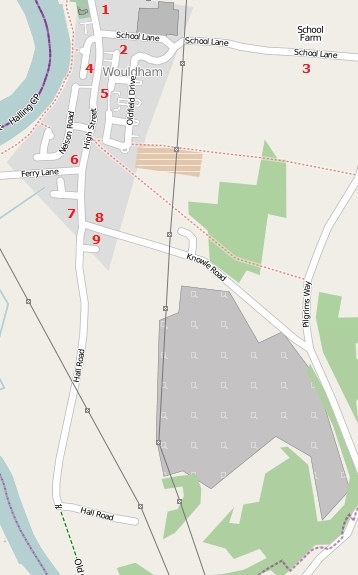
© OpenStreetMap Contributors.
1 - Wouldham Court Farm House
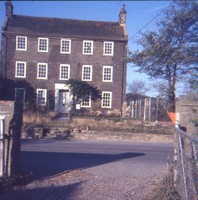
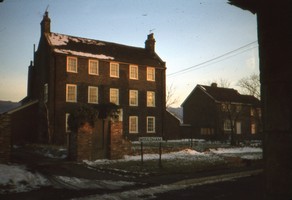
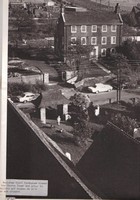
Click on the photo above to enlarge. Photo kindly provided by Wouldham Parish Council.
Wouldham Court Farm House is a 16th century building with a Georgian front. This front was added around 1719 later by Captain Robert Trevor, a naval sea captain. The original farmhouse is at the rear.
Captain Trevor's wife, Mary Sole of Sittingbourne, daughter Sarah and his servant Jeremy Trapp died there in 1731. It is thought that Captain Trevor died in the West Indies in 1743, survived by his second wife Elizabeth and daughter Mary.
In the early 1960s, the Farm House was used as a doctor's surgery. Jim Bell remembers:
"Dr Reville and Dr Morrisey (I think) in the days when they would pour coloured mixes from big jars on a shelf to cure coughs and illnesses. The waiting room was cold, with a big horse-hair sofa. Going through front door (key was on a string through letter box)...waiting room was on the left, while surgery was on the right."
The Grade II listed building is now a Bed and Breakfast.
There are a number of interesting old newspaper reports available concerning the sale of the building in the 1800s. Please see the Old Newspaper Reports section for these reports.
2 - School
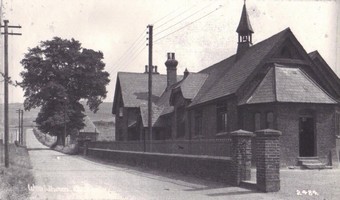
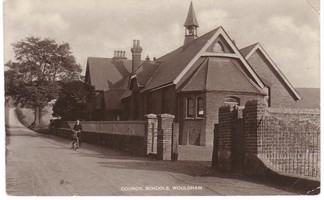
Click on the photo above to enlarge. Photo kindly provided by Wouldham Parish Council.
The school in Wouldham was opened in 1868 as a National School for 149 children. Additional land was given by Henry Peters (owner of the Peters Cement Works) in 1883. This allowed the addition of an infants' department, which was built to the rear.
3 - Free School Farm
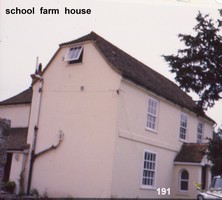
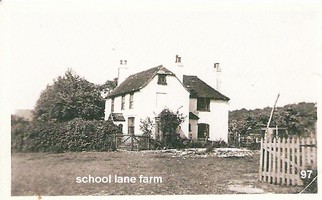
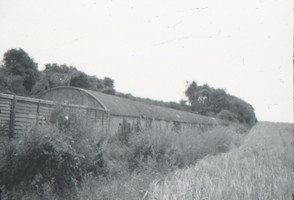
Click on the photo above to enlarge. Photo kindly provided by Wouldham Parish Council.
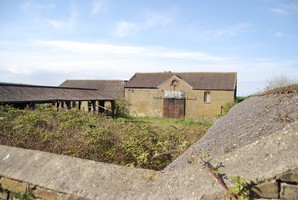
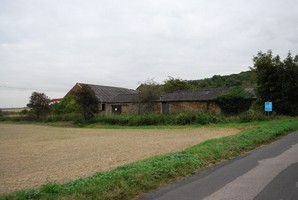
Click on the photos above to enlarge. Photos kindly provided by Nigel Chadwick.
Free School Farm is situated in School Lane. The house is believed to have been built in 1708, when the land was purchased on behalf of Sir Joseph Williamson's Mathematical School in Rochester as part of the endowment.
4 - Malthouse Bedrooms, Mirrors and Wardrobes
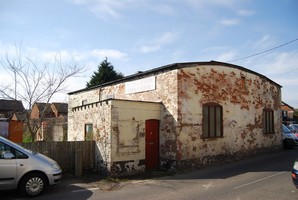
Click on the photo above to enlarge. Photo kindly provided by Nigel Chadwick.
This building was formally a pickle factory and a factory for producing yacht parts. Today this now appears to manufacture bedroom furniture.
5 - Forge House
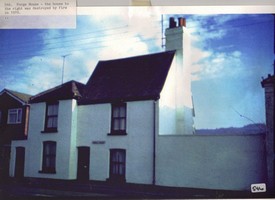
Click on the photo above to enlarge. Photo kindly provided by Wouldham Parish Council.
Forge House is opposite The Waterman's Arms pub. It is thought to date back to the mid-eighteenth century, but may be even older than that. A smithy stood to the left of the house, and was in business in the 1930s. A cottage on the right was destroyed in 1970 during a fire.
6 - White House
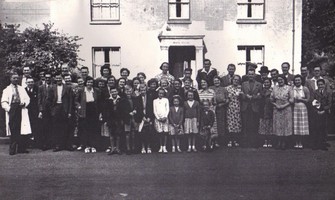
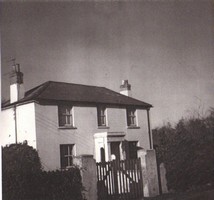
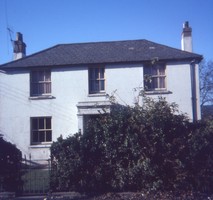
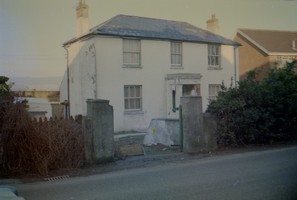
Click on the photos above to enlarge. Photos kindly provided by Wouldham Parish Council.
The White House stood on the corner of Ferry Lane and was marked as the first house of the southern end of Wouldham in the 1850 ordnance survey map. This building housed the manager of the cement works, presumably Wouldham Court.
Despite being a listed building, it was left neglected and was demolished.
7 - Village Hall
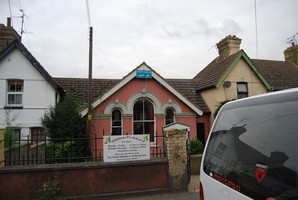
Click on the photo above to enlarge. Photo kindly provided by Nigel Chadwick.
The Village Hall is located at the southern end of the High Street.
This hall once held a library, Scout meetings, jumble sales and many activities. It is due to be replaced in the years to come with a new village hall on the recreation ground.
I have also heard that many years ago, the rear room of the hall was used as a morgue during a typhoid outbreak.
8 - Jubilee Hall
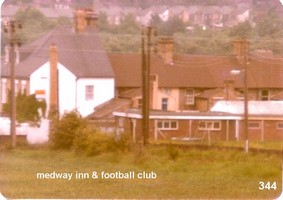
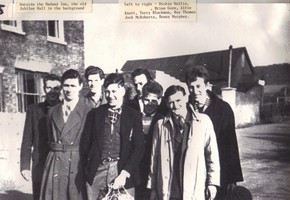
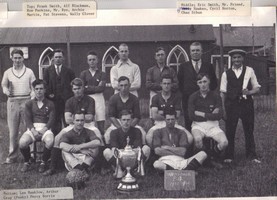
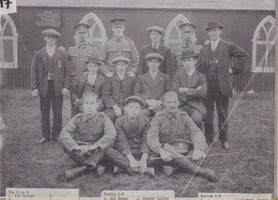
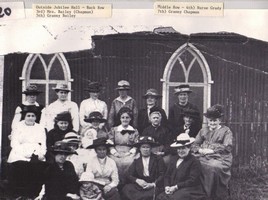
Click on the photos above to enlarge. Photos kindly provided by Wouldham Parish Council.
The Jubilee Hall once stood in what is now the village car park in Knowle Road and was originally built by the villagers.
This hall once held a weekly mobile cinema.
9 - Police Office
This building appears as a Police Office in the 1960s ordnance survey maps. The bricked up doorway today on the left side of the house was formerly the police office part of the building, where as the main house on the right was where the policeman lived.
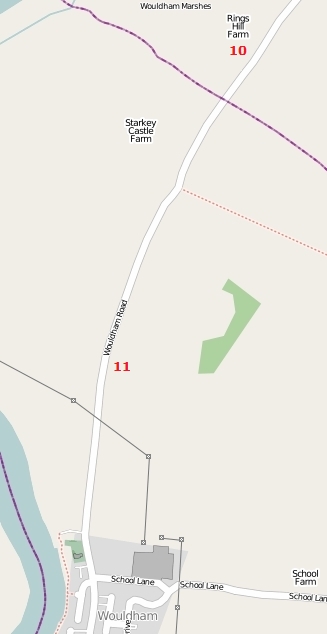
© OpenStreetMap Contributors.
10 - Ringshill Farmhouse
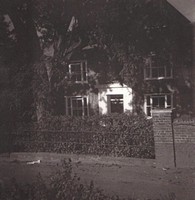
Click on the photo above to enlarge. Photo kindly provided by Wouldham Parish Council.
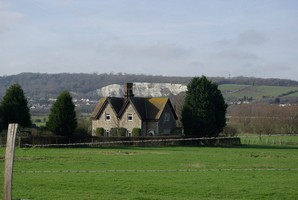
Click on the photo above to enlarge. Photo kindly provided by Robin Webster.
Ringshill Farmhouse stands near the northern boundary of Wouldham, on the road to Borstal. Along with Ringshill Place to the east, these two buildings formed the Manor of Rings. The Manor of Rings was in possession of Thomas de Woldeham in the thirteenth century.
In later years, both the Manor of Rings and the Manor of Littelhall (Starkey's Castle) passed onto Sir William Whorne or Whorne's Place, Cuxton and then later during Charles I's reign to the Marsham family.
This building is Grade II listed.
11 - Wouldham Rectory
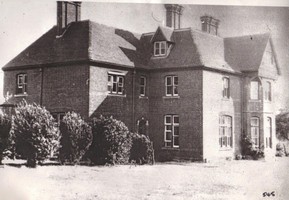
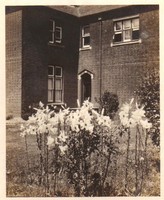
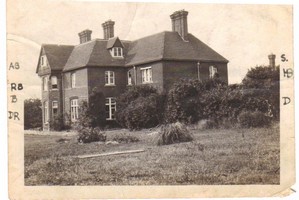
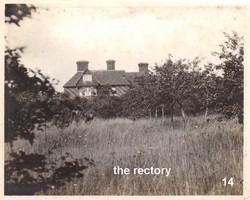
Click on the photo above to enlarge. Photo kindly provided by Wouldham Parish Council.
The current building of Wouldham Rectory was built in 1874, after the old Rectory by the riverside was deemed unhealthy. The old Rectory was where Henry Tracey Coxwell was born.
A flag was raised at the Rectory to warn the village of anyone who had escaped the prison in Borstal.
Wouldham Rectory is now a nursing home, just outside of the village going towards Borstal. Before becoming a nursing home, it was a private house.
Ringshill Place
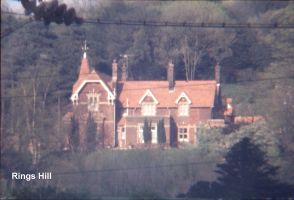
Click on the photo above to enlarge. Photo kindly provided by Roger Webb.
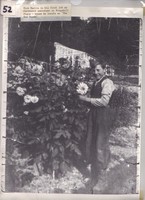
Click on the photo above to enlarge. Photo kindly provided by Wouldham Parish Council.
In the 1920s, Ringshill Place was occupied by Major Aveling. Major Aveling was the son of Thomas Lake Aveling, who in turn was the son of Thomas Aveling. Thomas Aveling was a founder of Aveling & Porter, the agricultural engine and steam roller manufacturer. Major Aveling was born on 20th January 1892. During WW1, he obtained the rank of Major and was also given the Military Cross during 1917.
In 1928 after his father retired, Major Aveling became a director of A and GE, taking control of Aveling & Porter.
This building is in Pilgrims Way, running above the village.
Guestbook
Do you have any comments or want to contact other people visiting the website? If so, please leave a message in our Guestbook.